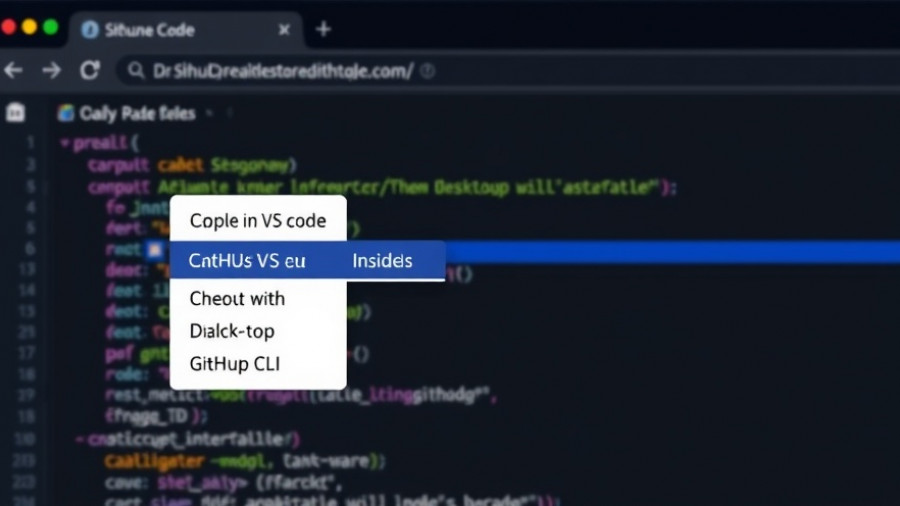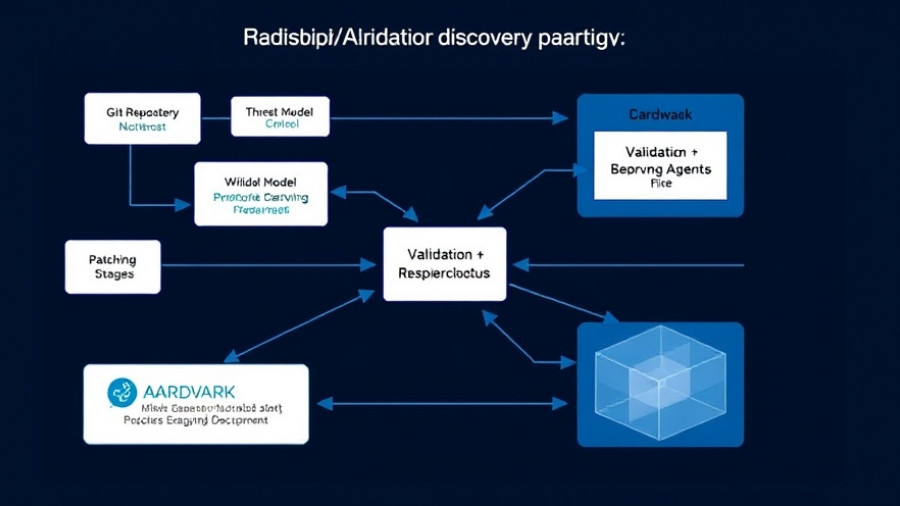
Unlocking New Frontiers: How AI Agents are Set to Transform Industries
The rise of AI agents marks a pivotal moment across various sectors including customer service, cybersecurity, manufacturing, and logistics. According to Capgemini, these AI agents are projected to contribute about $450 billion in revenue gains and cost savings by 2028. Recent developments from NVIDIA, specifically the introduction of the Nemotron and Cosmos reasoning models, are helping to further drive productivity and efficiency within these frameworks.
The Brains Behind AI Agents: An Overview of NVIDIA’s Innovations
At the recent SIGGRAPH conference, NVIDIA announced an exciting expansion to its model families—Nemotron and Cosmos. These advancements are designed to empower enterprises such as CrowdStrike, Uber, and Zoom to enhance their AI capabilities. The new models, including the Nemotron Nano 2 and Llama Nemotron Super 1.5, are engineered for superior accuracy in scientific reasoning, mathematics, coding, and real-time chat functionalities.
What sets these models apart is their ability to think more deeply, providing AI agents with the necessary tools to navigate complex tasks more effectively. The efficiency improvements, such as a 60% reduction in reasoning costs through a new hybrid model architecture and compact quantized models, allow businesses to utilize these advanced tools without the need for extensive computing power.
Understanding Cosmos: A Vision for the Future of Robotics
The introduction of Cosmos Reason marks a crucial innovation for physical AI applications. This reasoning model is particularly adept at interpreting the physical world, allowing AI agents to understand concepts like physics and spatial alignment. As enterprises look to integrate robotics into their operations, models like Cosmos Reason provide a foundational reasoning backbone, making it possible for robots to better interpret and interact with their environments.
Practical Applications and Industry Impacts
The implications of these advanced AI models extend far beyond theoretical understanding. In industries such as logistics and manufacturing, for example, companies can leverage these agents to optimize supply chain management and reduce operational costs. The ability to process complex tasks through deep reasoning offers significant efficiencies—enabling smarter decision-making capabilities and freeing human workers to focus on higher-level strategic initiatives.
Future Predictions: AI Agents at the Helm
Looking ahead, the innovations from NVIDIA signal just the beginning of what’s possible with AI agents. As the technology continues to evolve, businesses will become increasingly capable of developing intelligent systems that can autonomously tackle complex tasks. The expansion of such capabilities points to a future where AI agents deeply integrate into various sectors, radically altering how we perceive work and productivity.
Challenges and Considerations
Despite the optimism surrounding AI advancements, there are challenges that companies must address. The integration of AI agents into existing workflows requires thoughtful planning and robust governance to ensure safety and efficiency. Additionally, concerns regarding ethical implications and job displacement must be carefully navigated as society adapts to these sweeping technological changes.
In conclusion, as we stand on the cusp of a new era defined by AI agents equipped with deep reasoning capabilities, it's essential for both businesses and consumers to remain informed and engaged with these advancements. Embracing these technologies can usher in transformative changes that enhance productivity and streamline operations while presenting opportunities for innovation across all industries.
 Add Row
Add Row  Add
Add 




Write A Comment